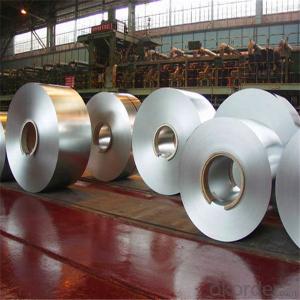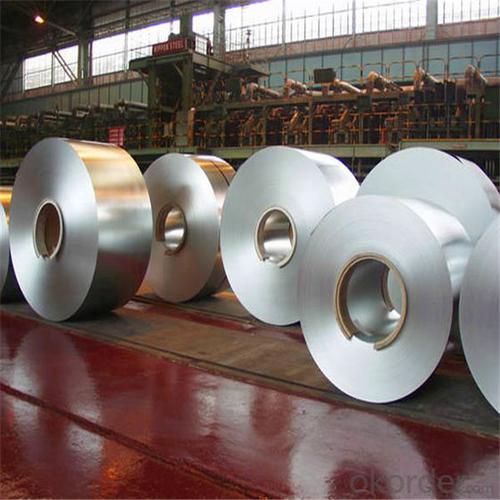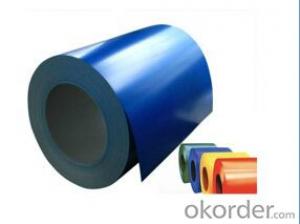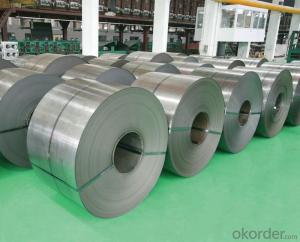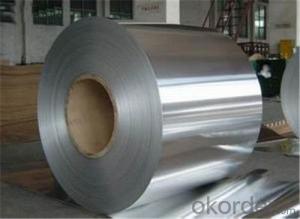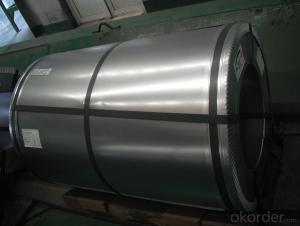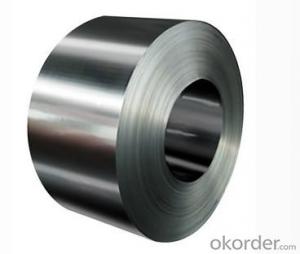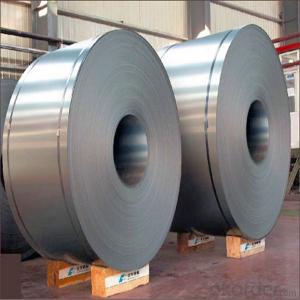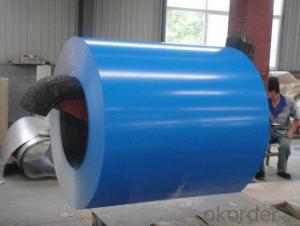Prime Cold Rolled Steel Coils with Low Price High Quality
- Loading Port:
- China main port
- Payment Terms:
- TT OR LC
- Min Order Qty:
- 12 m.t.
- Supply Capability:
- 50000 m.t./month
OKorder Service Pledge
OKorder Financial Service
You Might Also Like
Specification
Product Description
Stainless Steel Coil /Roll
1. Item: Stainless steel coil, Stainless Steel Roll
2. Material :201, 202, 304, 304L, 316, 316L, 309S, 310S, 317L, 321, 347, 347H , 409, 409L, 410, 420, 430, etc
3. Surface:2B,BA,HL,4K,6K,8K,NO.1,NO.2,NO.3,NO.4,NO.5 Black/Polished/Bright or as request
4. Standard: AISI, ASTM, EN, JIS, DIN, GB
5.Thickness: 0.3-3mm(cold rolled); 1.5-12mm(hot rolled)
Width: 1000mm,1219mm,1500mm or as request(cold rolled); 1000mm,1219mm,1500mm,1800mm,2000mm or as request(hot rolled)
6.Tolerance:thickness tolerance: +/-0.02mm,width tolerance: +/-10mm(cold-rolled);
thickness tolerance: +/-0.1mm,width tolerance: +/-10mm(hot-tolerance)
7. Shipment: Within 10-20 working days after receipt of the down payment or Irrevocable L/C sight.
8. Certificate: ISO, and third part inspection.
9. Application: (1) Construction, decoration (2) petroleum, chemical industry (3) electrical appliances, automotive, aerospace (4) house ware, kitchen appliances, cutlery, foodstuff (5) surgical instrument
10. Package: Bundles, seaworthy wooden pallets or wooden cases. With or without edge protector, steel hoop and seals, in 20' or 40' container or as per customers' requirements.
If you are really interested in our products, you can feel free to contact us directly.
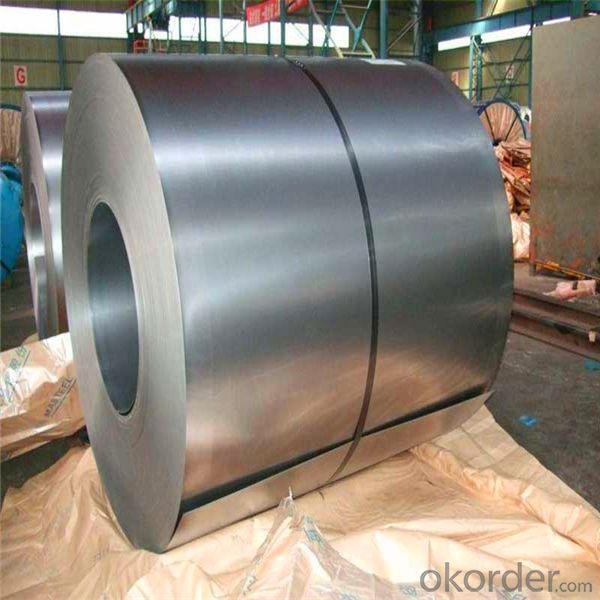
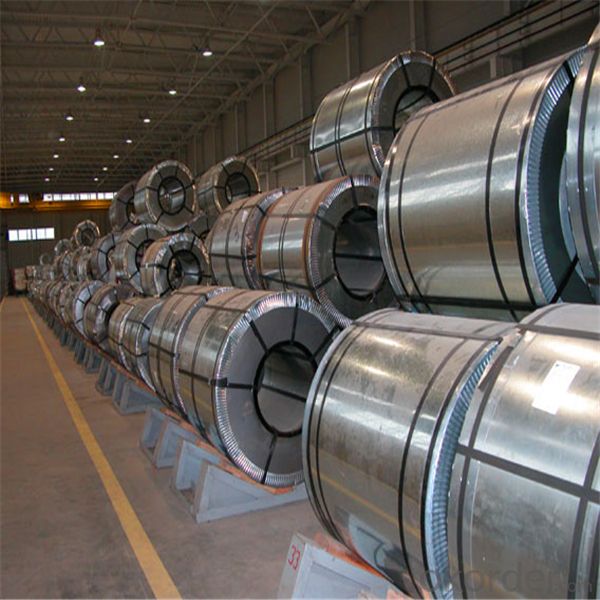
| Surface Finish | Definition | Application |
| 2B | Those finished, after cold rolling, by heat treatment, pickling or other equivalent treatment and lastly by cold rolling to given appropriate luster. | Medical equipment, Food industry, Construction material, Kitchen utensils. |
| BA | Those processed with bright heat treatment after cold rolling. | Kitchen utensils, Electric equipment, Building construction. |
| NO.3 | Those finished by polishing with No.100 to No.120 abrasives specified in JIS R6001. | Kitchen utensils, Building construction. |
| NO.4 | Those finished by polishing with No.150 to No.180 abrasives specified in JIS R6001. | Kitchen utensils, Building construction, Medical equipment. |
| HL | Those finished polishing so as to give continuous polishing streaks by using abrasive of suitable grain size. | Building Construction. |
| NO.1 | The surface finished by heat treatment and pickling or processes corresponding there to after hot rolling. | Chemical tank, pipe. |
- Q: How much does a steel coil weigh?
- The weight of a steel coil can vary depending on its dimensions and thickness. However, on average, a steel coil can weigh anywhere between 2 to 20 tons.
- Q: If steel content is too cheap, what content should I be looking for? I don't think I could find something like a VG-10 here...
- I am a former chef and have used Chinese chefs knives, different types from cleavers, even french knives, they are mostly carbon steel, and are made with a cold forged process, they are as good as the European knives and are marketability cheaper, I have one a french knife a 8 one with a green non porous handle. I like it, it is light weight and very well made, and keeps an edge quite well, just look for the better type available.
- Q: a concrete or steel building?also, what is the density of concrete and steel? is concrete heavier in steel for the same volume?
- Steel is heavier than concrete for the same volume, however steel buildings are generally lighter. This is because steel buildings utilize high strength of steel, so volume of steel in steel buildings is much smaller than volume of concrete in concrete buildings. In another words in steel buildings much less volume of material is needed for the same strength compared to concrete buildings.
- Q: I want to experiment with making steel and want to especially make it stronger. And also I want to know if its possible to turn a meteorite into steel?
- If you really want to do this, you should be getting some books on steel metallurgy rather than asking on Yahoo. ASM sells a Metallurgy for the non-metallurgist that would be a good introduction. Most university libraries will have the full ASM handbook that includes detailed information for different grades of steel (vol 1), heat treatment and surface hardening (vol 4), testing (vols 8-12), and casting (vol 15). A reference for continuous cooling transformation diagrams will also help in designing a heat treatment process. If you want to make something stronger than most commercial steels, you'll need to get into nanotechnology and unconventional steel processing methods like powder metallurgy. You can increase the strength of steel by about 1000% by reducing the grain size from 50 micron (typical for conventional processing methods) to 100 nm (achievable through high-energy ball milling). Though you'd also need to customize the chemistry to stabilize the grain size during the necessary thermal processing, I believe zirconium works well with iron.
- Q: Is it faster to smith steel or mithril in Rinescape assuming I'm going to mine everything myself?Mining level: 76Smithing level: 55
- i think steel would be better since there isn't a lot of mithril ore and it would take a lot of time to mine it and it will take also 4 coals to make a mith bar and 2 only for a steel bar
- Q: How do steel coils perform in high-pressure applications?
- Steel coils perform well in high-pressure applications due to their strong and durable nature. The high tensile strength of steel allows it to withstand the pressure exerted on it without deformation or failure. Steel coils are designed to maintain their shape and structural integrity even under extreme pressure, making them suitable for use in various high-pressure applications such as hydraulic systems, pressure vessels, and industrial machinery. Additionally, steel coils have excellent resistance to corrosion and high temperatures, further enhancing their performance in high-pressure environments. Their reliability and ability to withstand high pressure make steel coils a preferred choice for industries that require robust and efficient equipment.
- Q: I mean 4 inch thick steel like was used in the WTC buildings, especially WTC 7 which did not get hit by a plane. Can carpeting, desk chairs, water coolers and dry erase boards burn hot enough and long enough to melt steel that is normally made in a blast furnace?
- Steel loses strength as it is heated and will fail long before it melts. A mild steel that starts out at 100 degs F with an allowable stress level of 20,000 psi will be down to only about 2000 psi at 1000 degrees. As to fireproofing for steel. It doesn't have an unlimited life. In fact most has only a 2 to 4 hour rating and that is determined in ideal conditions in a laboratory. The idea is to give firefighters time to get everyone out of the buidling.
- Q: How are steel coils used in the production of steel clamps?
- Steel coils are used in the production of steel clamps as they provide a continuous supply of high-quality steel material. These coils are unwound and processed through various manufacturing steps, such as cutting, shaping, and forming, to create the desired shape and dimensions of the steel clamps.
- Q: I need to know what steel's weakness is.
- Steel pokemon have 3 weakness its fighting, Ground and fire attacks
- Q: What are the common uses of cold rolled steel coils?
- Cold rolled steel coils are commonly used in a variety of industries and applications. They are frequently utilized in the automotive industry for manufacturing parts such as automobile bodies, frames, and components. Cold rolled steel coils are also widely employed in construction for producing structural components, roofing, and siding. Additionally, they are used in the manufacturing of appliances, furniture, and various electrical products. The smooth and consistent surface of cold rolled steel coils makes them ideal for applications that require a high-quality finish, such as in the production of kitchen utensils and decorative items.
Send your message to us
Prime Cold Rolled Steel Coils with Low Price High Quality
- Loading Port:
- China main port
- Payment Terms:
- TT OR LC
- Min Order Qty:
- 12 m.t.
- Supply Capability:
- 50000 m.t./month
OKorder Service Pledge
OKorder Financial Service
Similar products
Hot products
Hot Searches
Related keywords
